Gallery
Photos from events, contest for the best costume, videos from master classes.
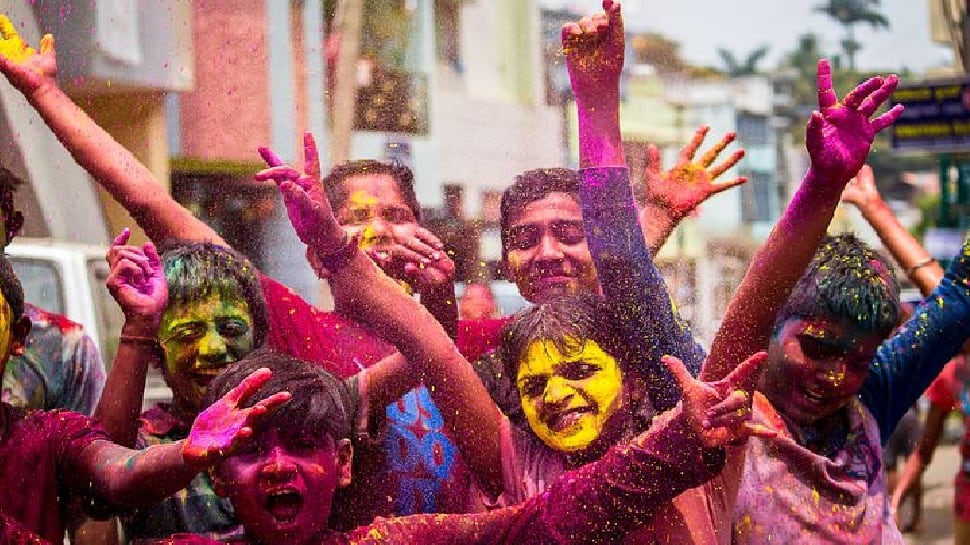 | 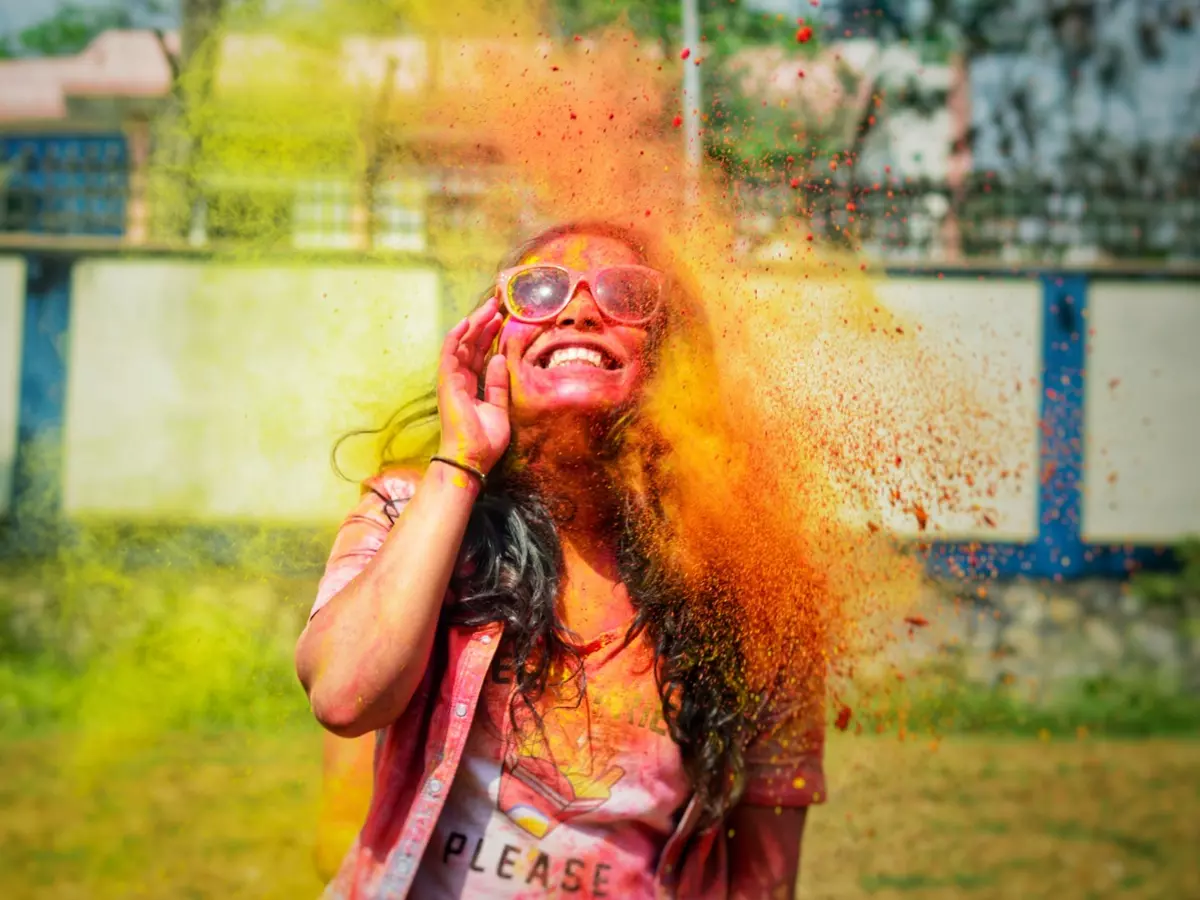 |
 | 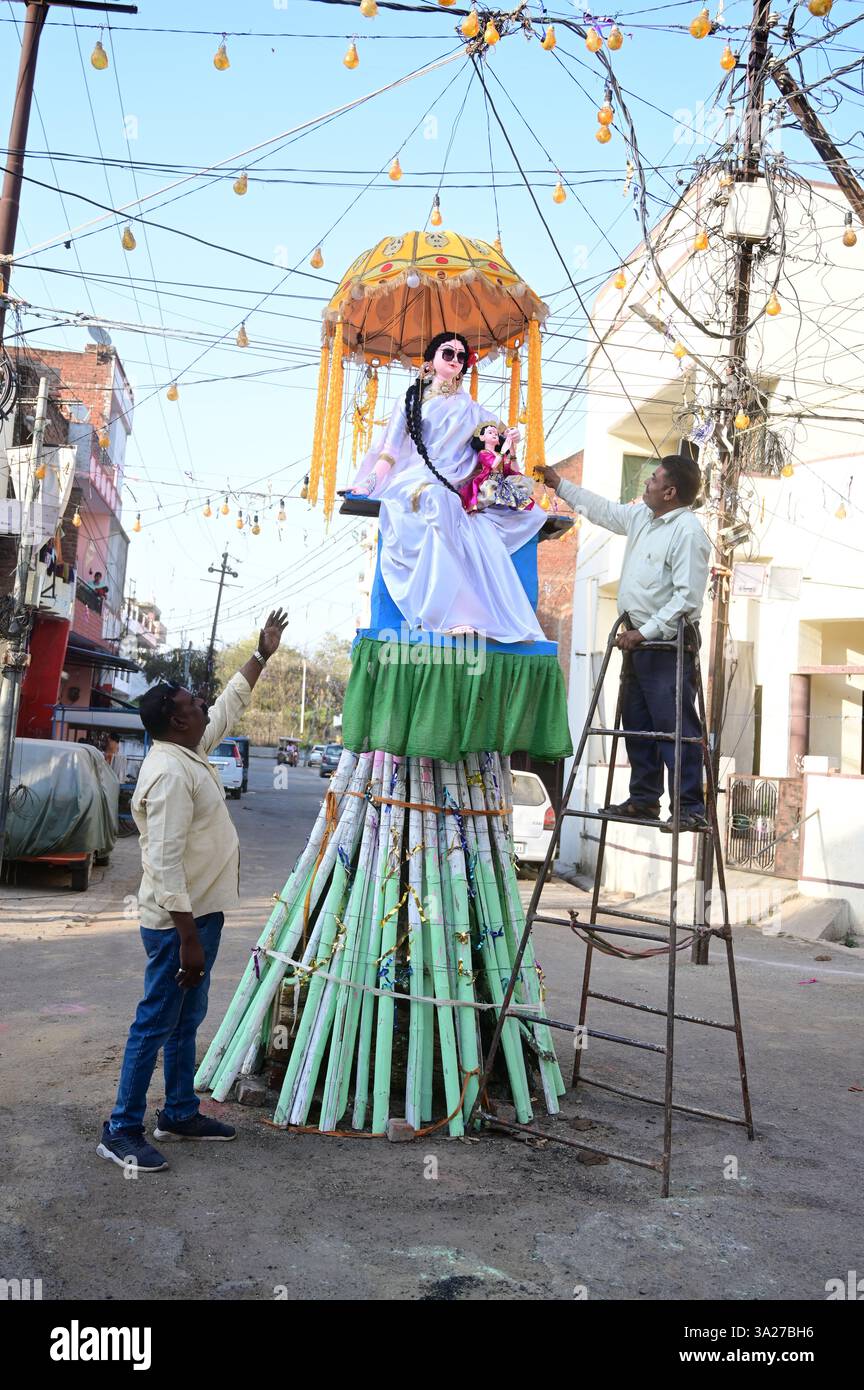 |
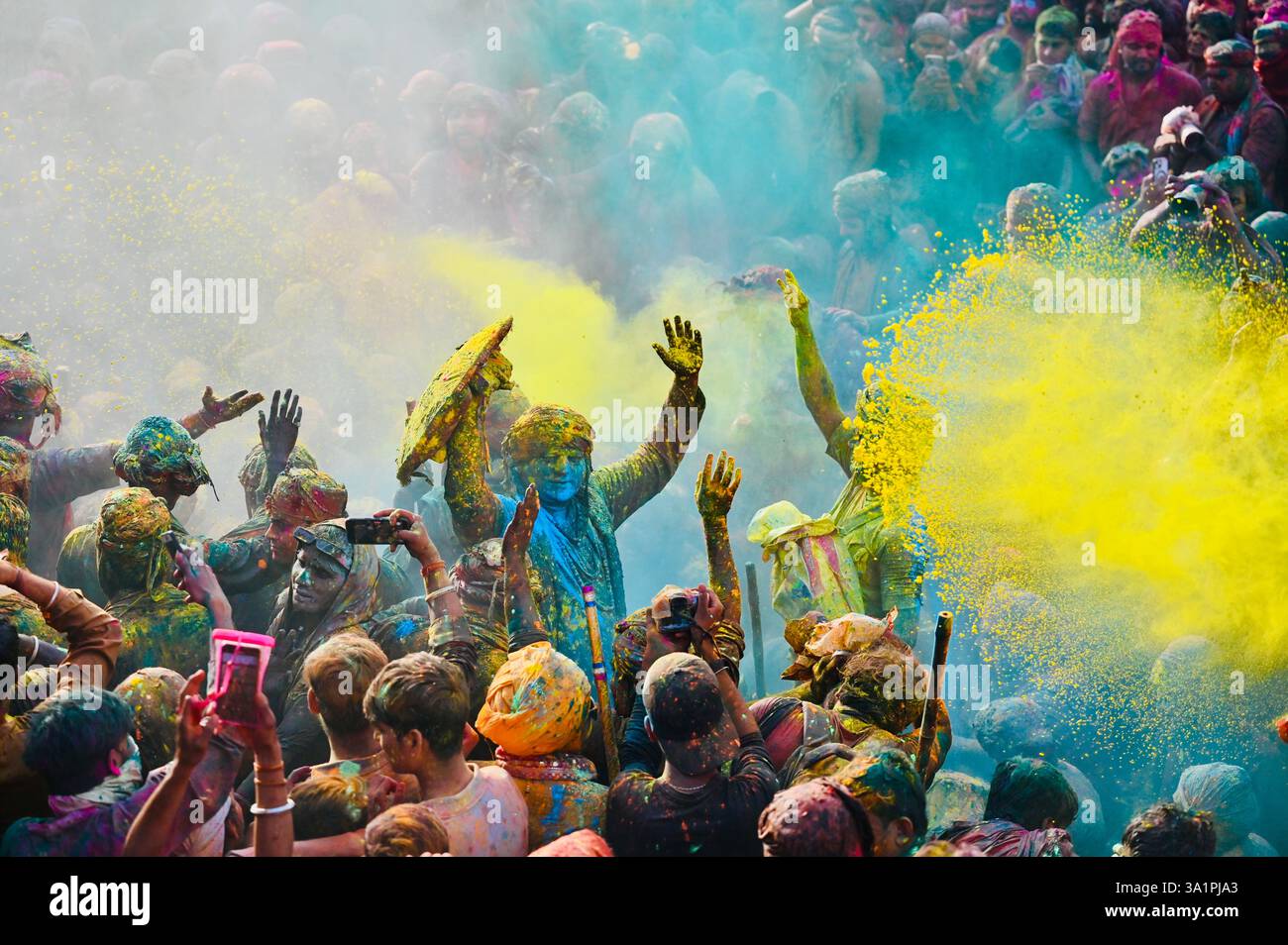 |  |
 | 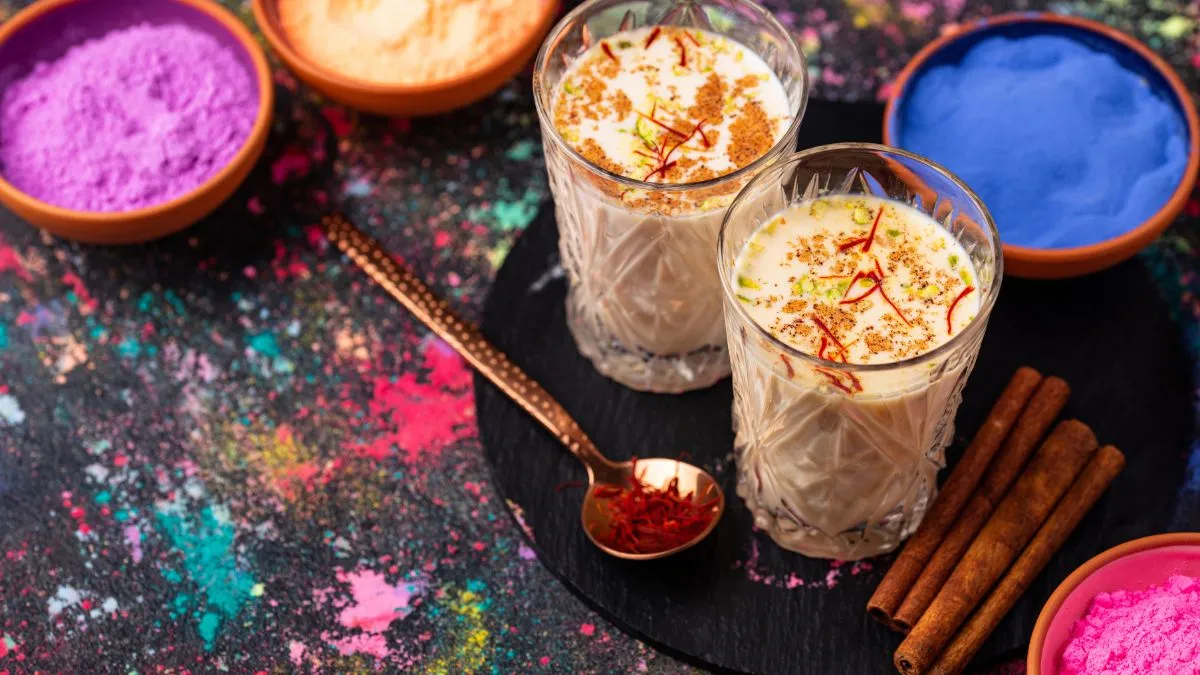 |
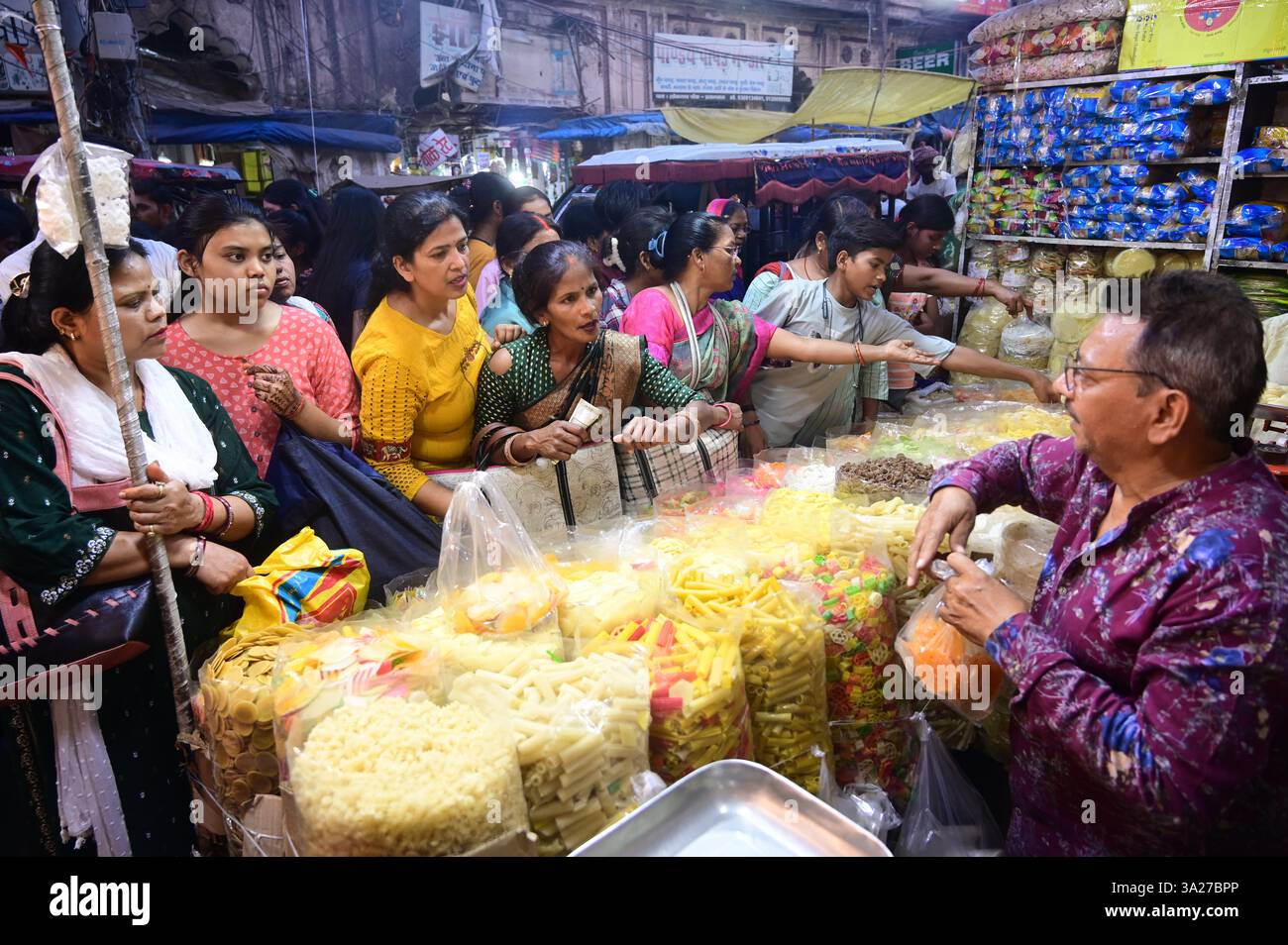 | 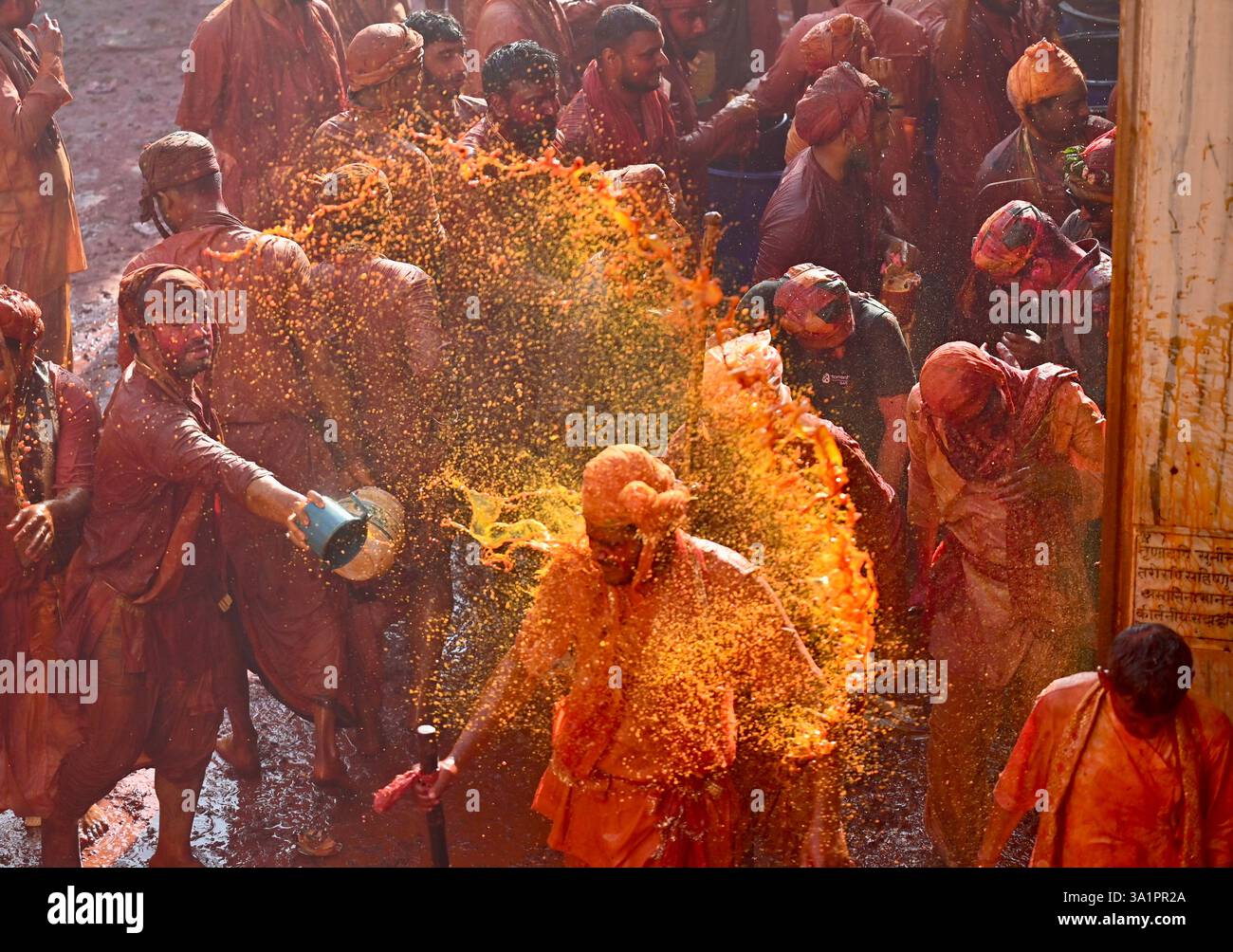 |
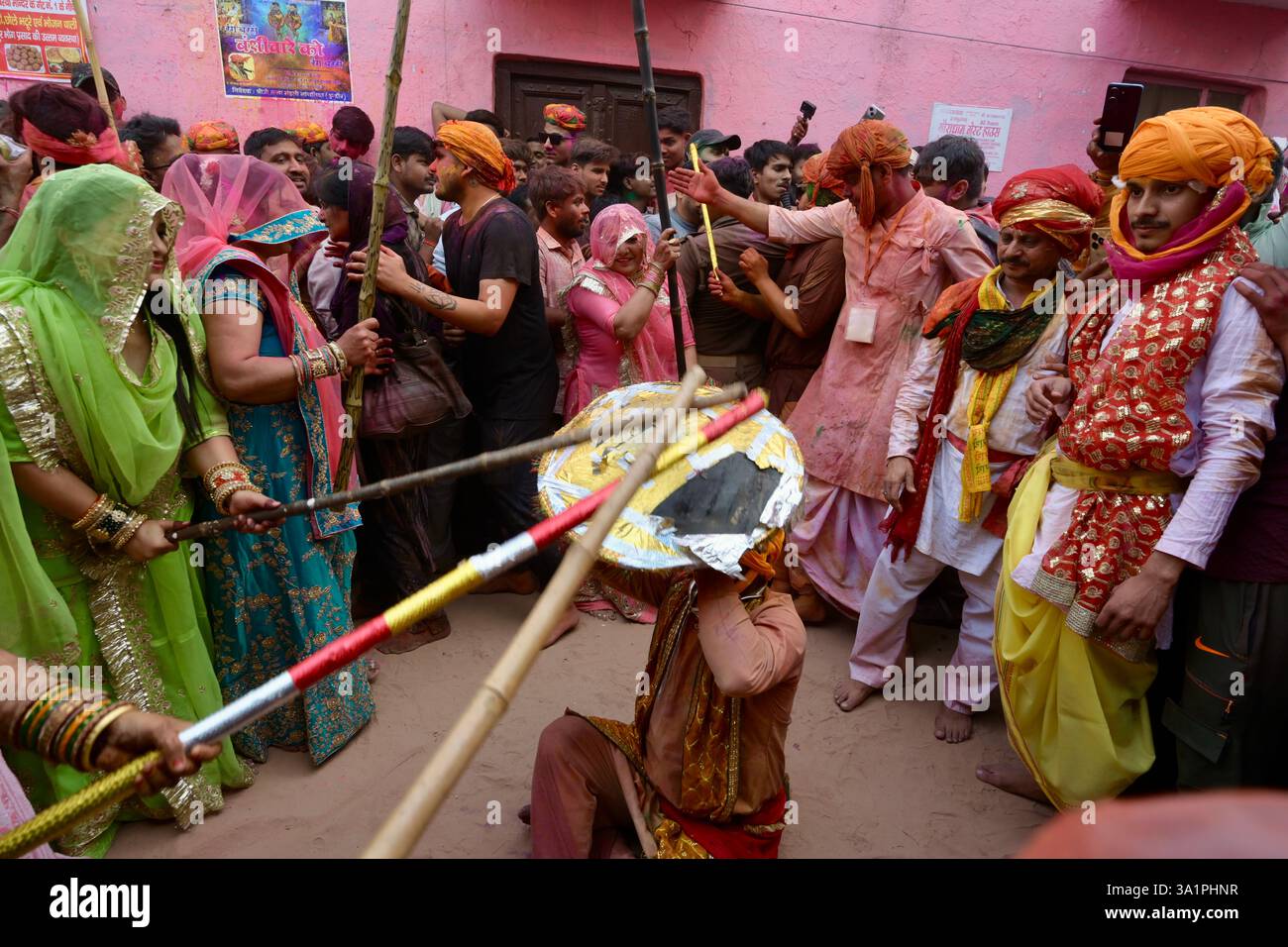 | 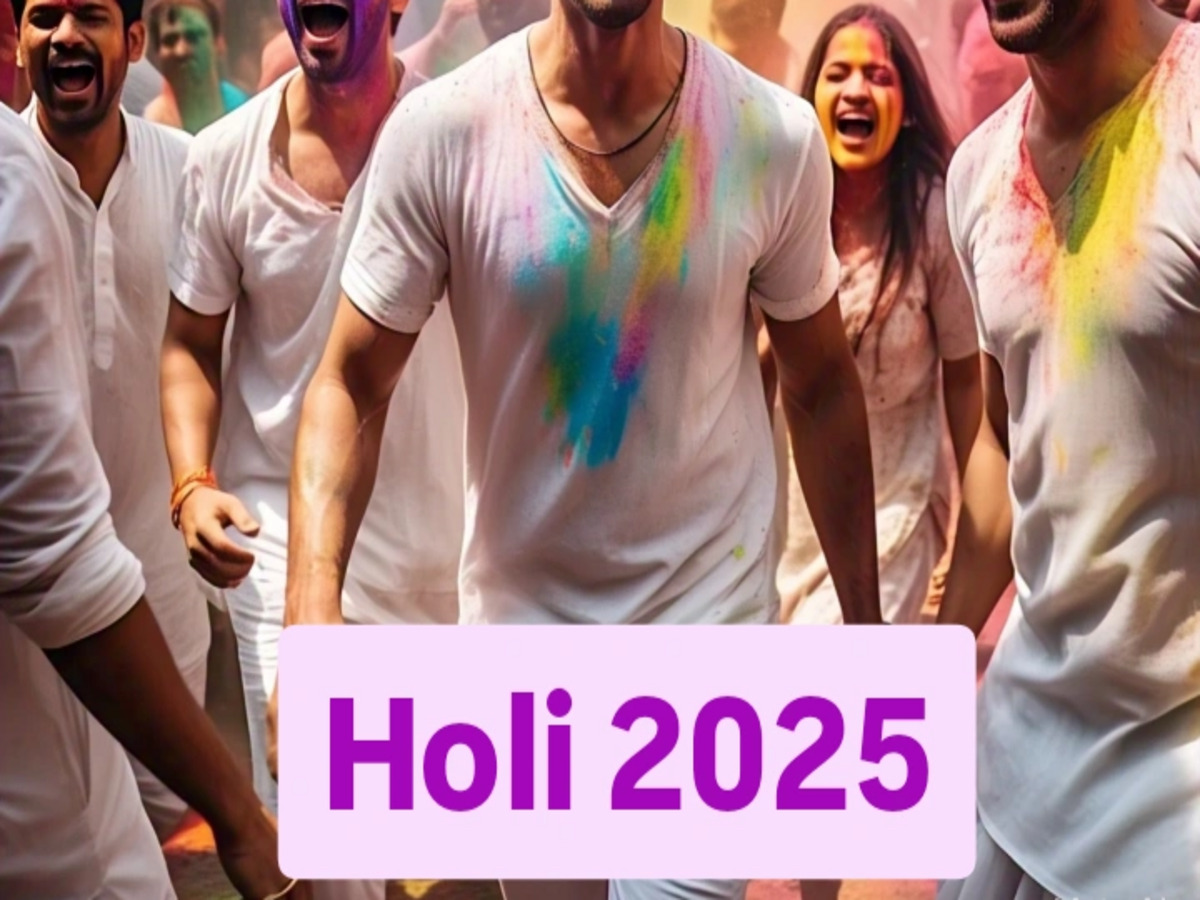 |
Holi, the festival of colours, will take place on March 14, this one of India’s most vibrant and joyous celebrations, marking the arrival of spring, renewal, and the triumph of good over evil. The next day is Rangwali Holi, where people throw gulal at each other. It is a day filled with fun, music, dancing, and laughter. People play pranks on each other, use water balloons and water Phoolon Wali Holi. Photo: iStock. 4. Rang Panchami . Where: Maharashtra And Madhya Pradesh If you thought Holi was just a one-day affair, think again! In Maharashtra and Madhya Pradesh, the real The festival of colours, Holi, is the most vibrant of all Hindu festivals. It marks the end of winter in India and welcomes the spring season. On this festive day, people play with colours, meet and greet one another and create new beginnings. But do you know the real reason why Holi is celebrated? The Holi festival has a cultural significance among various Hindu traditions of the Indian subcontinent. It is the festive day to end and rid oneself of past errors, to end conflicts by meeting others, a day to forget and forgive. Also known as the festival of colors, Holi (pronounced Ho-lee) is a Hindu religious holiday that celebrates the victory of good over evil and is one of the most well-known festivals in India. The festival celebrates the feelings of love and pure joy with a chaotic countrywide colored powder fight. Holi 2025 falls on March 14th. The main By celebrating Holi, people remember that justice and righteousness will ultimately prevail. 2. The Arrival of Spring Holi is celebrated at the onset of spring, a season of renewal and vibrancy. The festival marks the end of the harsh winter months and the beginning of the warmer, more pleasant spring season. Holi is actually a two-day festival. Before the main Holi, there is Holika Dahan or Choti Holi (“small Holi”), where people gather around bonfires to sing and dance to let go of any negative The festival involves playing with colors, burning a thatched hut at dusk, and dancing the thabal chongba (“moonlight dance”), the region’s traditional folk dance. In Maharashtra, Holi is celebrated by some communities over two days, much like in North India, and the day before Holi is Holika Dahan, when bonfires are lit. Holi celebrations and rituals vary across India and the best place to take in the festival will depend on the kind of experience you want to have. The most colorful Holi celebrations take place in the temple towns of Mathura and Vrindavan in Uttar Pradesh – Mathura is where Lord Krishna was born, while Vrindavan was where he spent his childhood. Traditional Holi Celebrations in India. Holi is a two-day festival filled with devotion, fun, and colors!. 1. Holika Dahan (March 13, 2025) – The Bonfire Ritual. At night, bonfires are lit to symbolize the burning away of evil. Holi is one of the most eagerly awaited festivals of the year, cherished by people of all age groups. But why do we celebrate Holi? Well, the answer lies in centuries-old stories and cherished traditions. Known as the festival of colours, Holi is much more than just playful splashes of gulal and lively water fights. People throw the famed, colored powder on Rangwali Holi, the second and most famous day of the festival. People prepare much earlier by purchasing the powder and kids excitedly practice their aim. Read more: Things to do and not do while celebrating Holi. Holi is a festival that transcends age, religion, and social barriers. It's a reminder to embrace life's colors, spread joy, and celebrate the spirit of togetherness. So, this Holi, get ready to be drenched in love, laughter, and of course, colors! Happy Holi, everyone! Holi is actually a two-day festival. Before the main Holi, there is Holika Dahan or Choti Holi (“small Holi”), where people gather around bonfires to sing and dance to let go of any negative Holi, the Hindu festival of colour, is celebrated around the world, marked by raucous parties where people throw and smear coloured powder on each other. The festival, the celebrations for which W ith the throwing of colored powder and water balloons, Holi has become known as India’s most vivid, joyous festival. International travel groups selling tours to the country often place photos II. Historical Background of Holi A. Origins of Holi in ancient Indian culture. The origins of Holi date back to ancient India, with references found in various texts and scriptures. The festival is believed to have started as a harvest festival, symbolizing the end of winter and the arrival of spring. Holi is the Hindu festival of colors, which is celebrated to mark the start of spring in India, Nepal and the diaspora. The festival typically falls in March. Celebrants rejoice by throwing colored Holi, the Hindu festival of colors, has gained worldwide attention in the past decades. It is now one of India's most famous festivals — and certainly one of the world's most unique and fun
Articles and news, personal stories, interviews with experts.
Photos from events, contest for the best costume, videos from master classes.
 |  |
 |  |
 |  |
 |  |
 |  |
 |  |